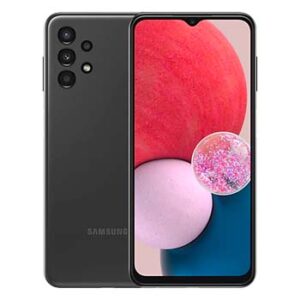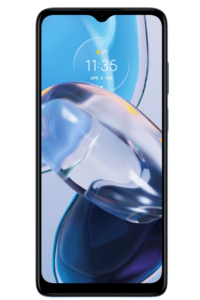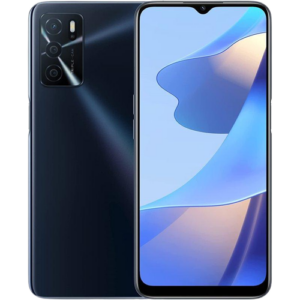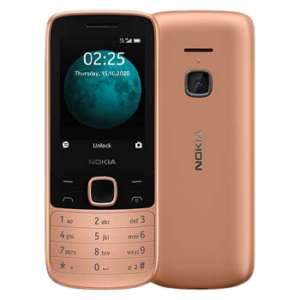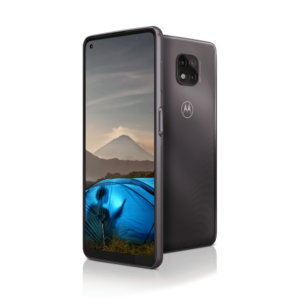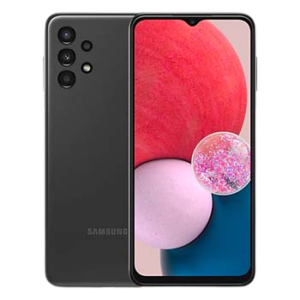Whether you’re looking for the best first phone for a 12-year-old in Australia or a basic handset for younger or older kids, this guide has you covered.
The best phones for kids available in Australia
- : Best phone for kids overall
- : Best phone for parental controls
- : Best phone for teens
- : Best first (feature) phone
- : Best phone for battery life
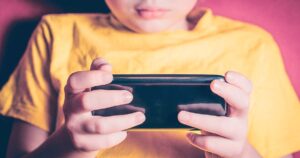
When it comes to buying a phone for yourself, it’s worth having a gander at the best Android phones available or saving dollars upfront and paying off a shiny new iPhone 14 via a Postpaid plan from Telstra, Optus or Vodafone.
But when it comes to getting a phone for young’uns, there’s money to be saved by buying a cheaper handset upfront, then combining it with the best phone plan for kids (depending on their age bracket). Check out that article if you want a focus on the best phone plans for kids and teens, otherwise scroll on for a breakdown of the basic phones for kids and the best handsets for tykes.
Samsung Galaxy A13
Best phone for kids overall
The Samsung Galaxy A13 smartphone takes out the top spot because it ticks a lot of the right boxes. For starters, you can buy it for below $300 and it comes with two days of battery life and value-for-money performance. As an Android phone, there are robust inbuilt parental controls to activate (depending on your child’s age), plus some great picks on the Google Play Store. We like that the Galaxy A13 comes with 128GB of internal storage, plus up to 1TB expansion via MicroSD card. While it’s not the brightest, the large 6.6-inch screen Full HD+ screen is a great size for study and study breaks.
For a better pick, you’ll likely have to spend more than $300, but then you can consider options like the Oppo A76, Motorola Moto Edge 30 Fusion and Oppo Find X5 Lite.
We’d recommend pairing the Samsung Galaxy A13 with a Prepaid or SIM Only plan that doesn’t cost more than $30 a month. Check out popular picks from our comparison engine.

The best smartwatches for kids you can buy in Australia (2023)
Get educated on kids smartwatches.
Motorola e22i 4G
Best phone for parental controls
We’ve gone with the Motorola e22i 4G for this category because it’s a great basic phone for kids with a good mix of value and features. While the performance isn’t as great as the Samsung Galaxy A13, it has a newer processor than the Motorola Moto E7 Power. Admittedly, the low memory and low-spec camera means the Moto e22i 4G isn’t great for multitasking or photography fanatics.
For alternatives, pick any Android phone from this page to match your budget.
Oppo A54s
Best phone for teens
As your kids start to get older, they’ll want more from a smartphone, but that doesn’t have to cost an arm and a leg. Take the Oppo A54s, for instance. This phone has a 5,000mAh battery for good battery life, plus USB-C charging. While performance isn’t as great as the Samsung Galaxy A13, the Oppo A54s should keep budding photographers happy at a cheaper price point. Parental controls are still available, depending on your child’s age and your trust levels, plus there’s a big 6.52-inch screen for ease of use. We like the 128GB default storage, and that can be expanded up to 256GB via MicroSD. It's a shame there’s no water or dust resistance, but you can change that with an appropriate case.
For alternatives, we’d advise spending a bit more for the Samsung Galaxy A13 or saving around $100 by opting for the Motorola Moto E7 Power.
As your teen’s data needs grow, pair them with a Prepaid plan that has at least 10GB of data. Below is a list of popular Prepaid plans with at least 10GB of data from our comparison engine.
Nokia 225 4G
Best first (feature) phone
If you have a tween that’s closer to child than teen (or even younger) who you want to gift a phone, we’d recommend starting with a feature phone. The Nokia 225 4G is one such phone without internet, and a restricted phone is a great first choice for a child. Still, the Nokia 225 4G has apps like Twitter and Facebook, but we’d advise saving those for older kids. We love the iconic and robust design of the Nokia 225 4G and the great battery life. The battery is removable, too, so you can pay this phone forward to younger siblings if it’s in good nick with an affordable battery upgrade.
If you're looking for a basic phone for kids around the $100 mark, consider a refurbished Nokia 1.3 or alternatives from Nokia like the 6300 or 8110 4G. Otherwise, if you don’t mind being locked to the Optus network, consider the Optus X Lite 4G for under $50.
What to look for in a kids phone
Motorola Moto G Power
Best phone for battery life
Motorola Moto G Power for under $300 if you don’t mind importing the smartphone. As you’d expect from this category, the Moto G Power has a lot of juice: as in, up to three days before charging. When you do charge, you can get up to 50% of battery back in an hour. While the Moto G Power 2022 model unfortunately doesn’t ship with the latest version of Android, it does have decent performance for a respectable price. It’s also great to see a budget smartphone with a 90Hz refresh rate for smoother scrolling.
In terms of alternatives, consider the cheaper Motorola Moto E7 Power, the Samsung Galaxy A13 or other sub-$500 Motorola smartphones, which tend to have at least two days of battery life
Pair all of that battery life with a Prepaid plan that doesn’t cost more than $30 a month. Check out the daily updating popular picks from our comparison engine below.
How we choose the best phones for kids
At Reviews.org, our team has years of experience with dozens of smartphones across all major brands. We pair our knowledge of phones with the specifics of what makes an appropriate kids phone to make our recommendations.
Our recommendations are based on either a mix of hands-on time with specific phone models, earlier series releases or comparable alternatives. For phone models that we haven’t had hands-on time with, we spend time researching the specifics of what makes them worth considering for our categories.
The best overall kids phone is a mix of optional parental control flexibility, battery life, everyday-use versatility and cost. Durability also ranks well but we appreciate that a sturdy aftermarket case can do this job, too. We try to keep our picks under $300 to reflect the reality that kids may be first-time users, but we favour phones that are cheaper and still tick at least some of the core boxes of our best overall pick.
Frequently asked questions about kids phones
What's the difference between a smartphone and a feature phone?
What is a good first phone for a child?
Is there a simple phone for kids?
What age should kids get a phone?
Related Articles


